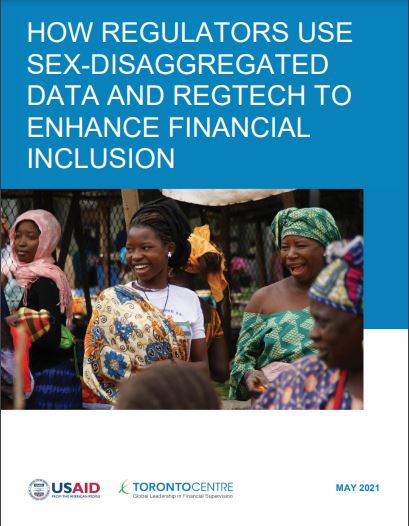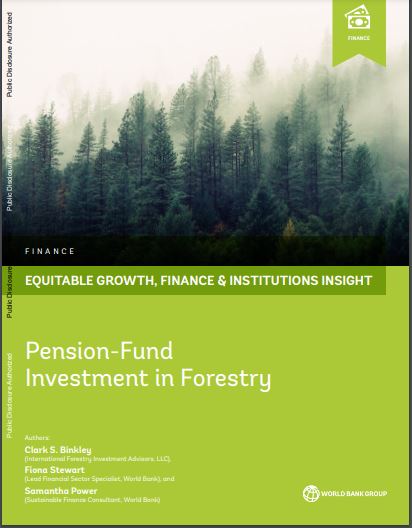Risk-Adjusted Valuation in the Worker’s Economic Decision Making
By Hangsuck Lee, Doojin Ryu, Jihoon Son We suggest an overlapping generations model incorporating the risk-adjusted valuation in a worker’s decision problem. The risk-adjusted probabilities allow risk-averse workers to place more weight on cash flows upon retirement when assessing lifetime income at present value. The risk-adjusted valuation is consistently applied to any non-financial asset, allowing them to be evaluated collectively or separately. We predict capital returns under demographic structure, consumption preference, and social security policy changes. Source: SSRN 283 views










